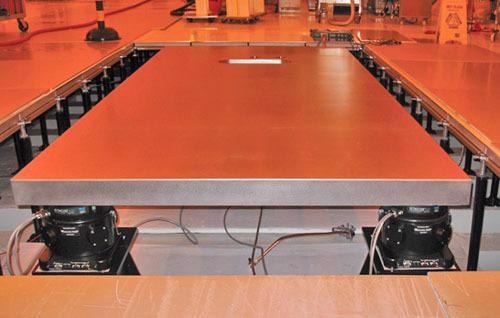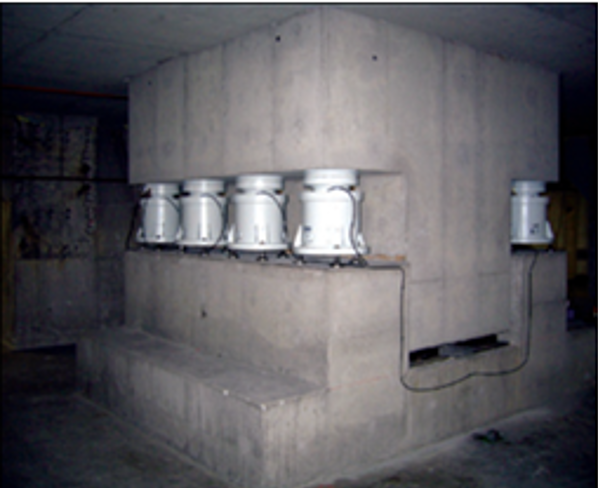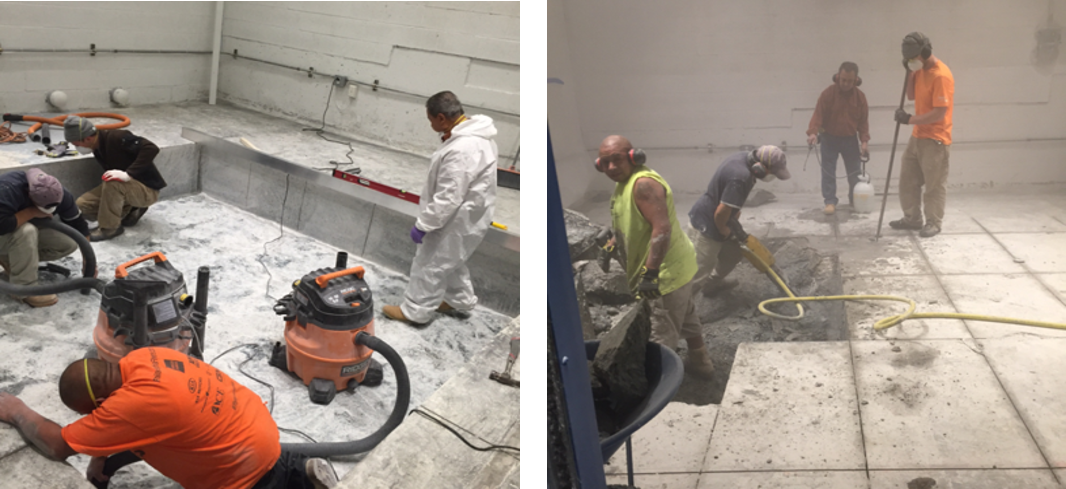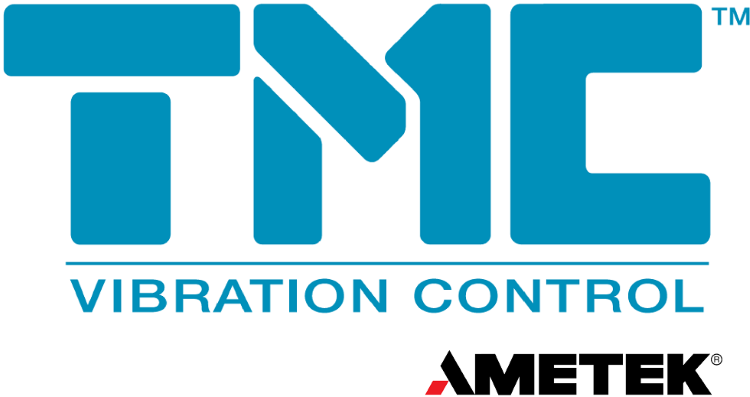The STACIS Quiet Islands® offer exceptional levels of floor vibration isolation and provide a more sustainable strategy to building design for state-of-the-art research facilities.

TMC Quiet Island. Image Credit: TMC Vibration Control
With advancements in science and technology, engineers and scientists produce images and patterns at increasingly finer scales, presently at the nanometer range and below.
Doing so requires, among several other things, very quiet building floor vibration levels so that the experiments, instruments, and nano-scale manufacturing processes are not disturbed.
The conventional method for reaching such low levels of floor vibration has been to design buildings with more steel and concrete in an attempt to dampen vibration in the building. Small improvements in vibration isolation require ever increasing amounts of concrete and steel.
This method, eventually, turns out to be impractical because a building is not able to offer a quieter vibration environment than the ground below the building.
Another method that is used is to construct huge concrete 'plinths' to support sensitive tools in discrete building locations. Such plinths are supported by rubber mounts, air isolators, or other materials to separate them from building floor vibration.

Large, dedicated poured in place concrete plinth. Image Credit: TMC Vibration Control

Poured concrete plinth does not accommodate changing needs. Image Credit: TMC Vibration Control
Concrete is a significant contributor to greenhouse gases as it is responsible for around 8% of all carbon dioxide discharged into the air, which is a surprising and significant amount.
Not only is the plinth approach increasingly inadequate to provide the extremely quiet vibration levels necessary, plinths are 'one-time' solutions that are not feasible to shift and, hence, must be removed with jackhammers and re-poured as the needs change.
The STACIS Quiet Islands® are much more mobile, thanks to the platform tops and isolators that can be easily moved to a new place as building layouts change.
The Quiet Islands® not only deliver superior vibration performance but are also more sustainable and provide a greener method for building floor vibration control. This translates to less steel, less concrete, less energy and resources, reusable, portable, recyclable and also less CO2 discharged into the air.

This information has been sourced, reviewed and adapted from materials provided by TMC Vibration Control.
For more information on this source, please visit TMC Vibration Control.